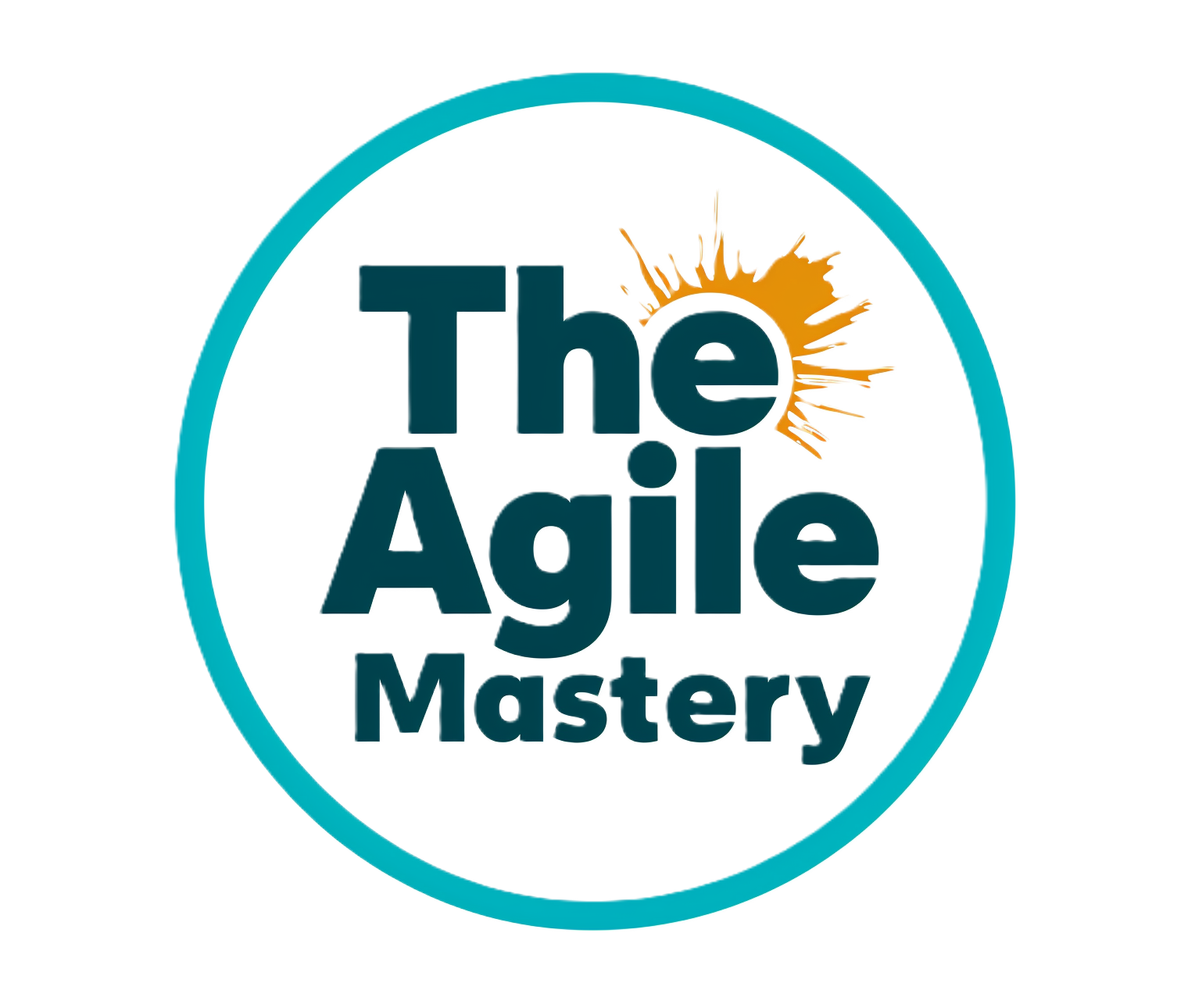Understanding the Definition of Ready
In Agile development, clear and effective communication is paramount to ensure that all team members are aligned and understand what needs to be accomplished. One essential tool that helps Agile teams achieve this clarity is the Definition of Ready (DoR). While the Definition of Done (DoD) sets the criteria for when a task is considered complete, the Definition of Ready establishes the criteria for when a task is considered ready to be worked on. This article explores what the Definition of Ready is, its importance, and how it is used by Scrum teams, supplemented with practical examples.

What is the Definition of Ready (DoR)?
The Definition of Ready is a set of criteria that a user story or task must meet before the team can commit it to the Sprint. This ensures that all necessary prerequisites are fulfilled, reducing the likelihood of interruptions and increasing the efficiency of the development process.
Importance of the Definition of Ready
- Clarity and Understanding: The DoR ensures that all team members have a clear understanding of what needs to be done, minimizing misunderstandings and ambiguities.
- Improved Planning: By setting clear criteria for readiness, teams can plan their sprints more effectively, ensuring that only well-prepared tasks are included in the sprint backlog.
- Efficient Use of Resources: Ensuring that a task is ready before starting work helps prevent wasted effort and resources on poorly defined tasks that might require significant rework later.
- Enhanced Collaboration: The DoR promotes collaboration between product owners, developers, and other stakeholders to ensure that requirements are well-defined and understood before development begins.
Key Components of the Definition of Ready
Definition of Ready is agreed by the team members and can include whatever they find important in their field of work. A comprehensive DoR typically includes the following components:
- Clear Description: The user story or task should have a clear and concise description that outlines what needs to be done, ideally in a User Story formatting.
- Acceptance Criteria: Specific criteria that must be met for the task to be considered complete should be defined.
- Dependencies Identified: Any dependencies on other tasks, teams, or external resources should be identified and documented.
- Estimation: The task should be estimated in terms of effort/complexity/risk or time required, typically using story points or other estimation methods.
- Resources Available: All necessary resources, such as access to systems, tools, or information, should be available to the team.
- Feasibility: The task should be feasible within the given sprint timeframe, with all potential risks and blockers identified and mitigated.
How Agile Teams Use the Definition of Ready
Agile teams use the DoR as a checklist to ensure that a task is fully prepared before it is moved into the sprint backlog. Here’s how it typically works in practice:
- Backlog Refinement Sessions: During backlog refinement (or grooming) sessions, the product owner and the team review user stories and tasks to ensure they meet the DoR. Stories that do not meet the criteria are refined until they are ready.
- Sprint Planning: During sprint planning meetings, the team only pulls in tasks that meet the DoR. This ensures that the team can focus on development without needing to clarify requirements or gather additional resources.
- Continuous Improvement: The DoR is regularly reviewed and updated based on feedback and lessons learned from previous sprints. This ensures that the criteria remain relevant and effective.
Examples of Definition of Ready in Action
- E-Commerce Website Development
- User Story: “As a customer, I want to filter products by category so that I can find items more easily.”
- DoR Criteria:
- The story has a clear description and acceptance criteria (e.g., filters should include categories like electronics, clothing, and books).
- Dependencies on the product database and category API are identified.
- The story is estimated at 3 story points.
- Access to the product database is confirmed.
- Mobile App Feature Implementation
- User Story: “As a user, I want to receive push notifications for new messages so that I am notified in real-time.”
- DoR Criteria:
- The story includes detailed acceptance criteria (e.g., notifications should appear within 5 seconds of receiving a message).
- Dependencies on the notification service and message API are identified.
- The story is estimated at 5 story points.
- Necessary API keys and access permissions are available.
- Internal Tool Enhancement
- User Story: “As an admin, I want to generate reports on user activity so that I can monitor system usage.”
- DoR Criteria:
- The story has a well-defined description and acceptance criteria (e.g., reports should include daily, weekly, and monthly activity data).
- Dependencies on user activity logs and report generation tool are identified.
- The story is estimated at 8 story points.
- Access to user activity logs is confirmed and available.
Conclusion
The Definition of Ready is a crucial component of Agile development, ensuring that tasks are fully prepared before the team commits to working on them. By setting clear criteria for readiness, Agile teams can improve clarity, planning, and efficiency, ultimately leading to higher-quality deliverables and more predictable outcomes. Regularly reviewing and updating the DoR helps maintain its relevance and effectiveness, fostering a culture of continuous improvement and collaboration.
And that is another step to The Agile Mastery…
